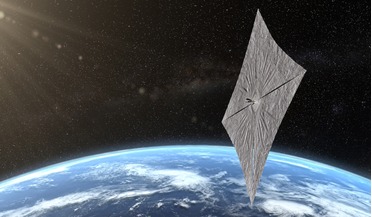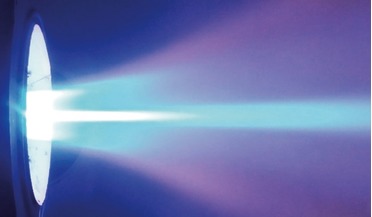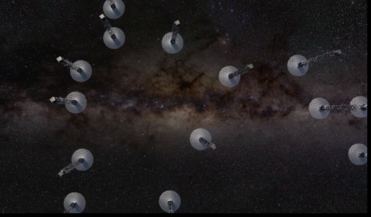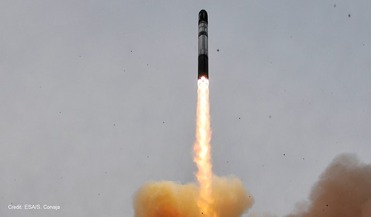 26 June 2019
LightSail 2 gets ready to make its debut in space
26 June 2019
LightSail 2 gets ready to make its debut in space
... to a week's long system testing by the project’s team members, in preparation for the unfurling of the dual-sided solar sails, approximately 2 weeks after launch day commenced. Both LightSails (1 and 2) have been designed and constructed by Stellar...
 June 2022
Sunshades in space could help alleviate Earth’s climate crisis
June 2022
Sunshades in space could help alleviate Earth’s climate crisis
... a total area of 1 million to 4 million km2. The sunshade can maintain its orbital location through the use of solar sailing. The idea of a planetary sunshade is not new. First proposed in 1989 by James Early, three decades of subsequent academic...
 September 2020
Tackling space debris - a global priority
September 2020
Tackling space debris - a global priority
... methods are either passive or active. Passive methods generally refer to post-mission disposal manoeuvres using drag sails, solar sails, or some inflatable structure that increases the overall drag on the spacecraft, expediting the gradual decay...
 October 2020
Superconductors - key to unlocking high power space missions
October 2020
Superconductors - key to unlocking high power space missions
... space-proven polyimides and directly coated thin-film photovoltaic arrays integrated with the surface of a solar sail. The use of a flexible sail rather than rigid panels offers several benefits, such as a far superior stowing capability, radiation...
 17 December 2018
Innovative mission to view the surface of exoplanets using small sats
17 December 2018
Innovative mission to view the surface of exoplanets using small sats
...The array of detectors – the small sats – will use solar sails to slingshot themselves around the Sun at speeds of over ... would need to be under 10 kilograms to make use of a solar sail to achieve the needed velocity, and they would need to travel so...
 October 2015
Russian business: a long road to the stars for private space initiative
October 2015
Russian business: a long road to the stars for private space initiative
.... They made a proposal to the Russian gas industry to light up the northern territories with a cosmic mirror based on solar sail technologies. The gas people didn’t take an interest in the mirror, but they were interested in satellite communication...